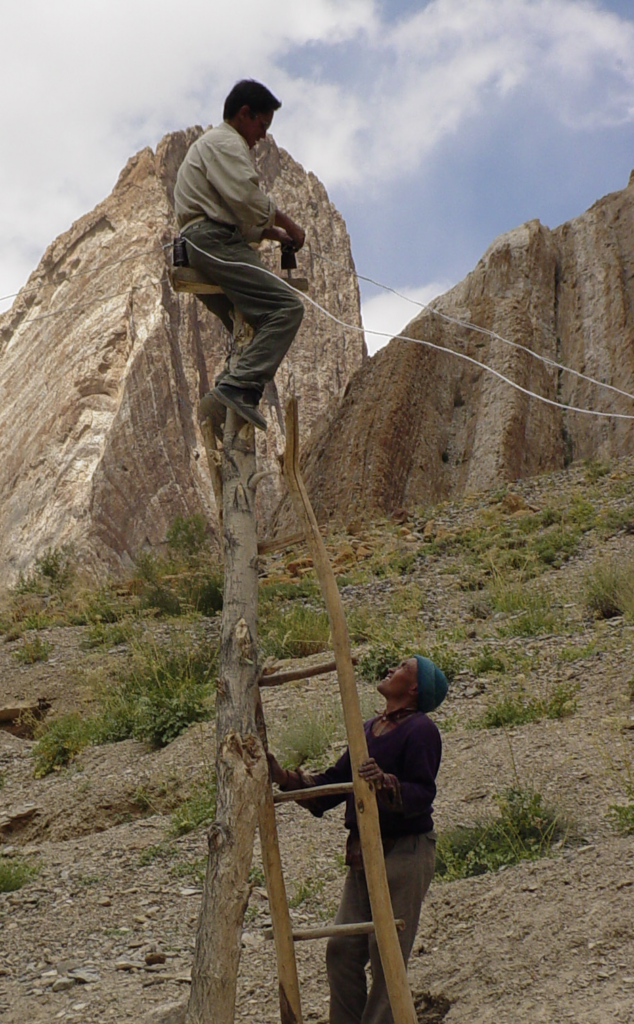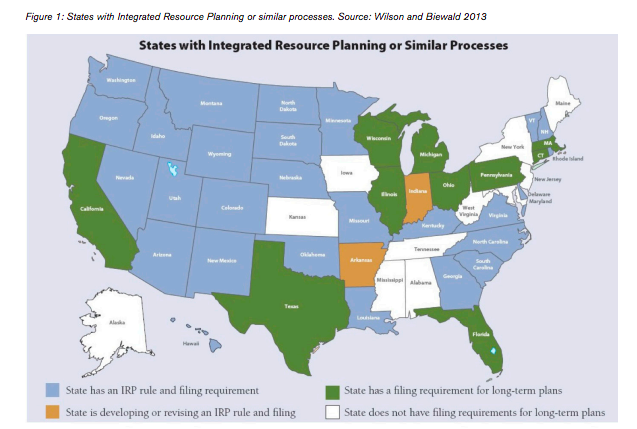Background
Integrated Resources Planning (IRP) is a public process in which planners work together with other interested parties to identify and prepare energy options that serve the highest possible public good. In the process, they establish scope, investigate options, prepare and evaluate integrated plans, select preferred plans, and establish mechanisms to monitor, evaluate, and iterate plans as conditions change.

Ecological Development Group (LEDeG) with Honupatta villager in
Ladakh, India | Photo by Dipti Vaghela.
The IRP method was developed in the 1980s in response to repeated cases of power plants that were not needed and experienced serious cost and time overruns. In contrast to the limited choices considered in conventional power development planning processes, IRP considers a full range of power sector investments to meet new demand for electricity, not only in new generation sources, but also in transmission, distribution, and – importantly – demand-side measures such as energy efficiency on an equal basis. IRP plans use long-term (20-30 year) planning horizons and include careful consideration of risk. Best practice IRPs integrate environmental and other external costs and benefits.
The IRP method was developed in the United States, and is currently required in 28 US states. When done properly, IRP provides a structure and an opportunity for utility systems and stakeholders to learn and to develop plans in a co-operative atmosphere. Ultimately, better decision-making processes result in power plans more closely aligned with societal goals.
Role Of IRP’s
Although a comprehensive IRP process requires a substantial commitment of time, IRPs lead to better outcomes:
- lower cost electricity,
- lower risk from price volatility,
- lower social and environmental impact.
They can do so through emphasizing services (cooling, heating, lighting, etc.) rather than kilowatt hours of electricity alone, through evaluation that considers full social and environmental costs rather than narrow consideration of only utility finances, and through choices that lower cost to society under a full spectrum of scenarios. Generally, these better outcomes involve considerably higher investment in energy efficiency and demand-side management than utilities would deploy without an IRP process.
The Report
The new International Rivers guide to Integrated Resource Planning introduces the IRP concept, contrasts it with conventional practices of power sector planning, and explains the IRP process step by step. The report also includes best practice examples from the United States and other countries.

